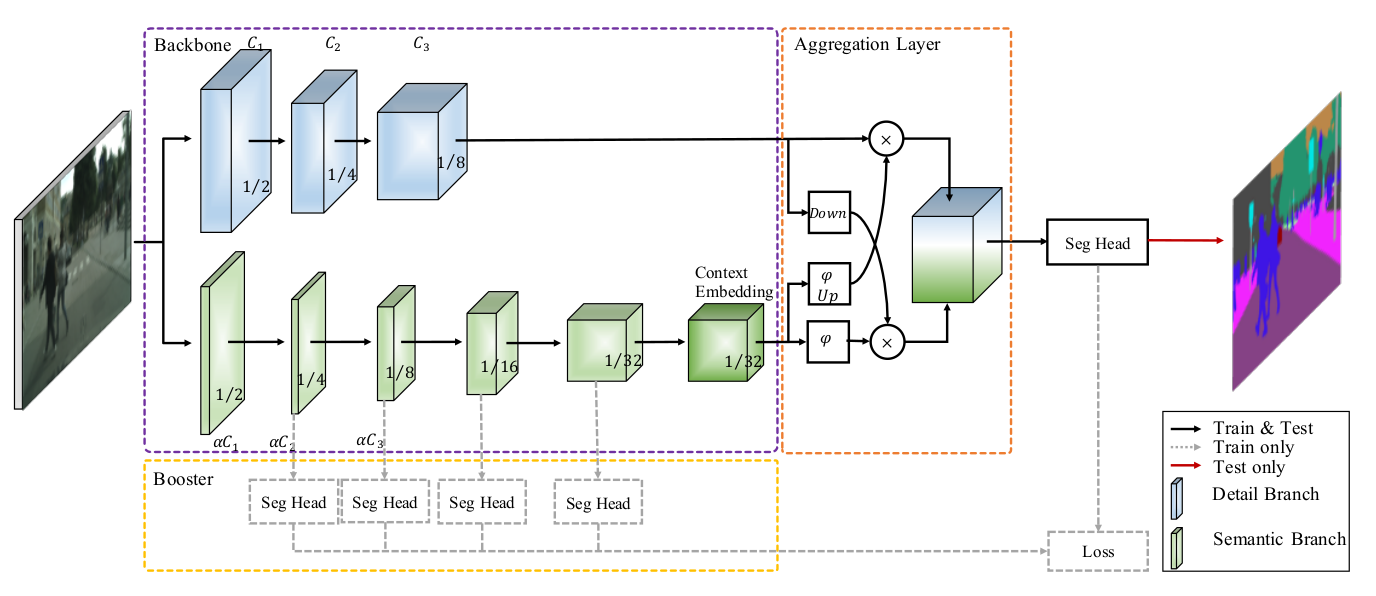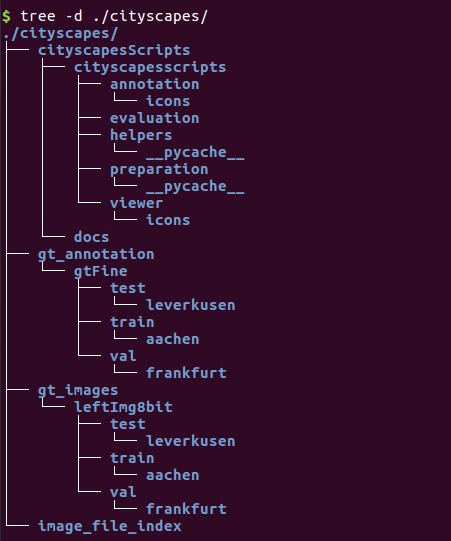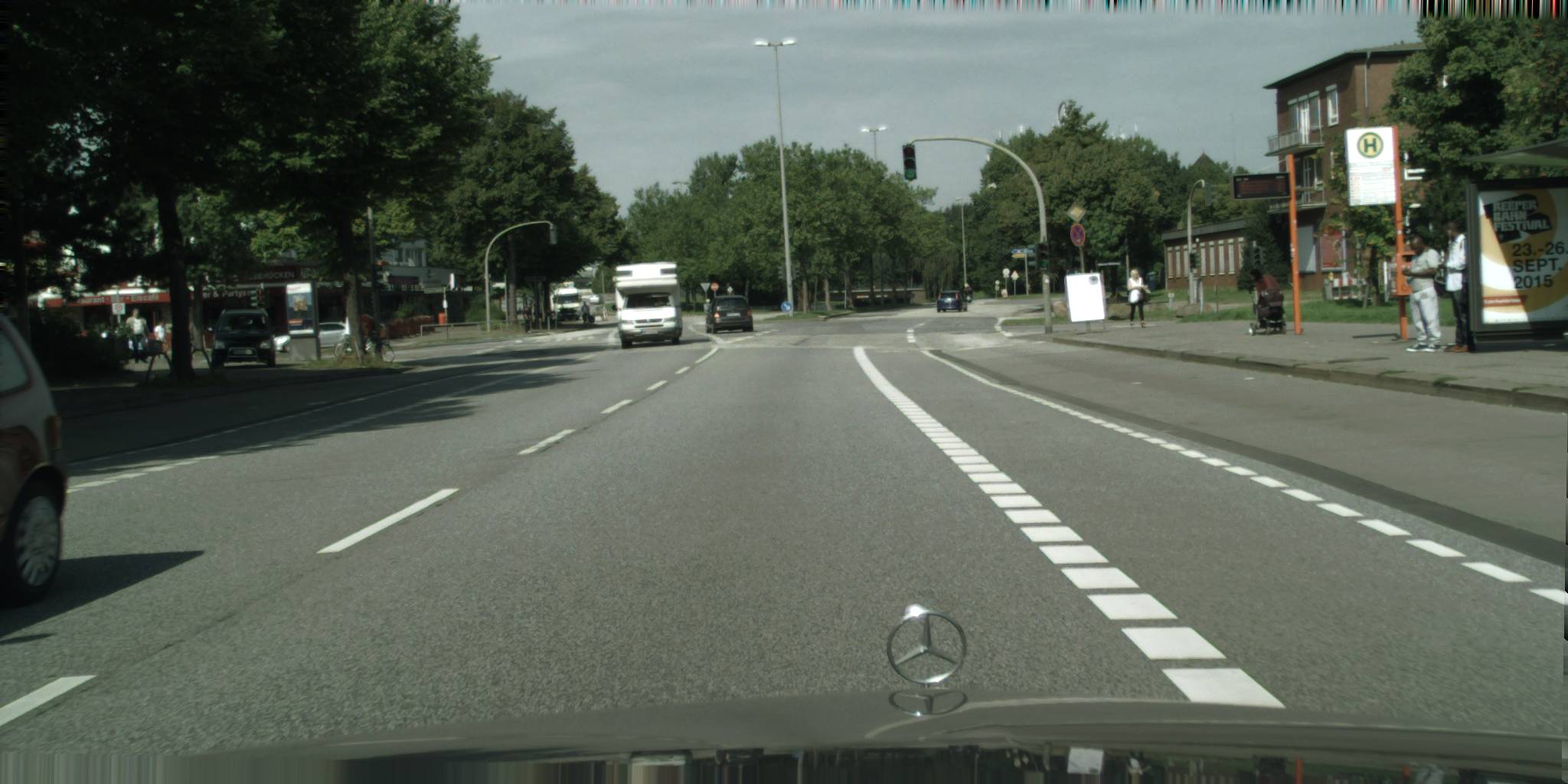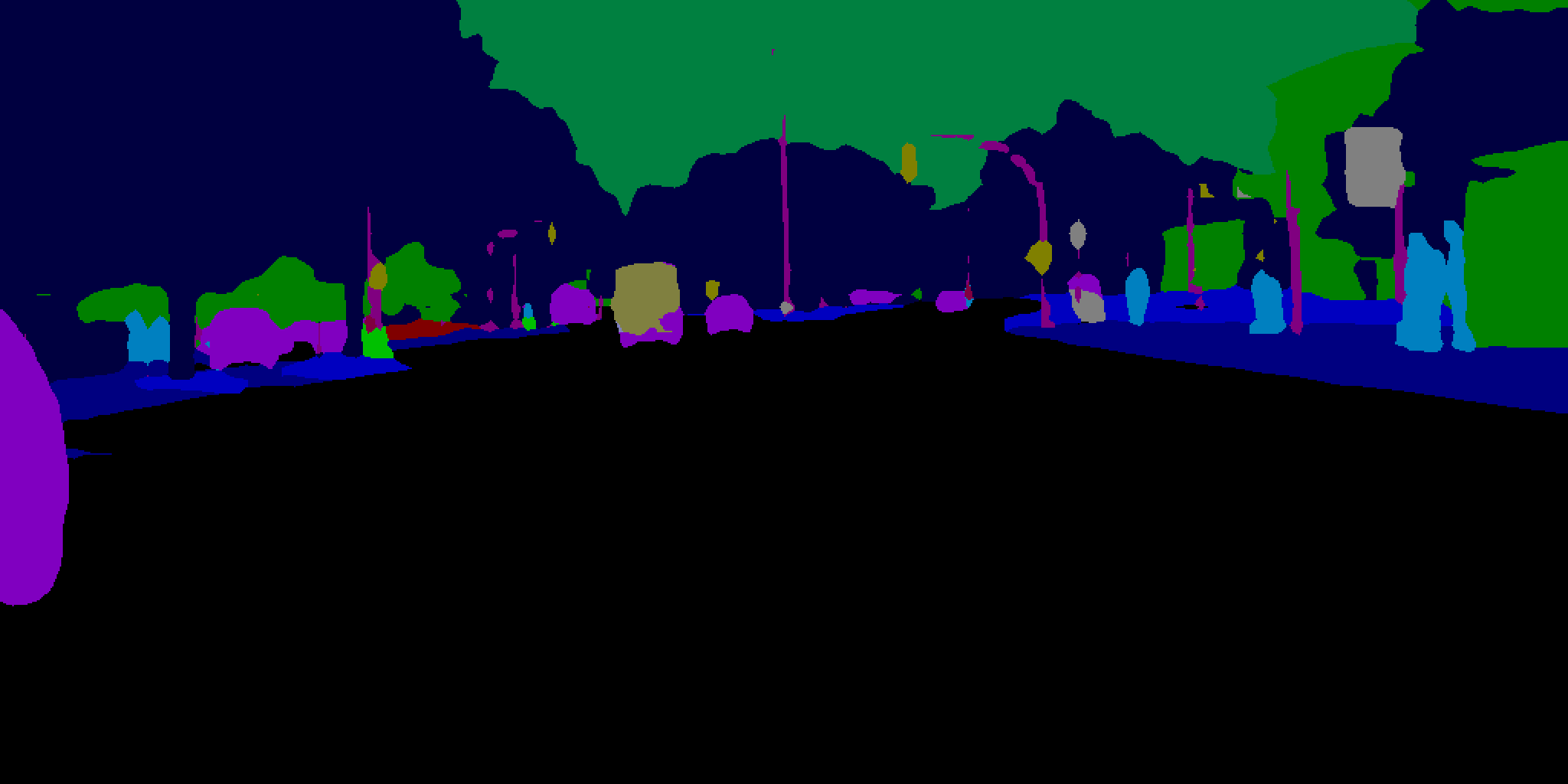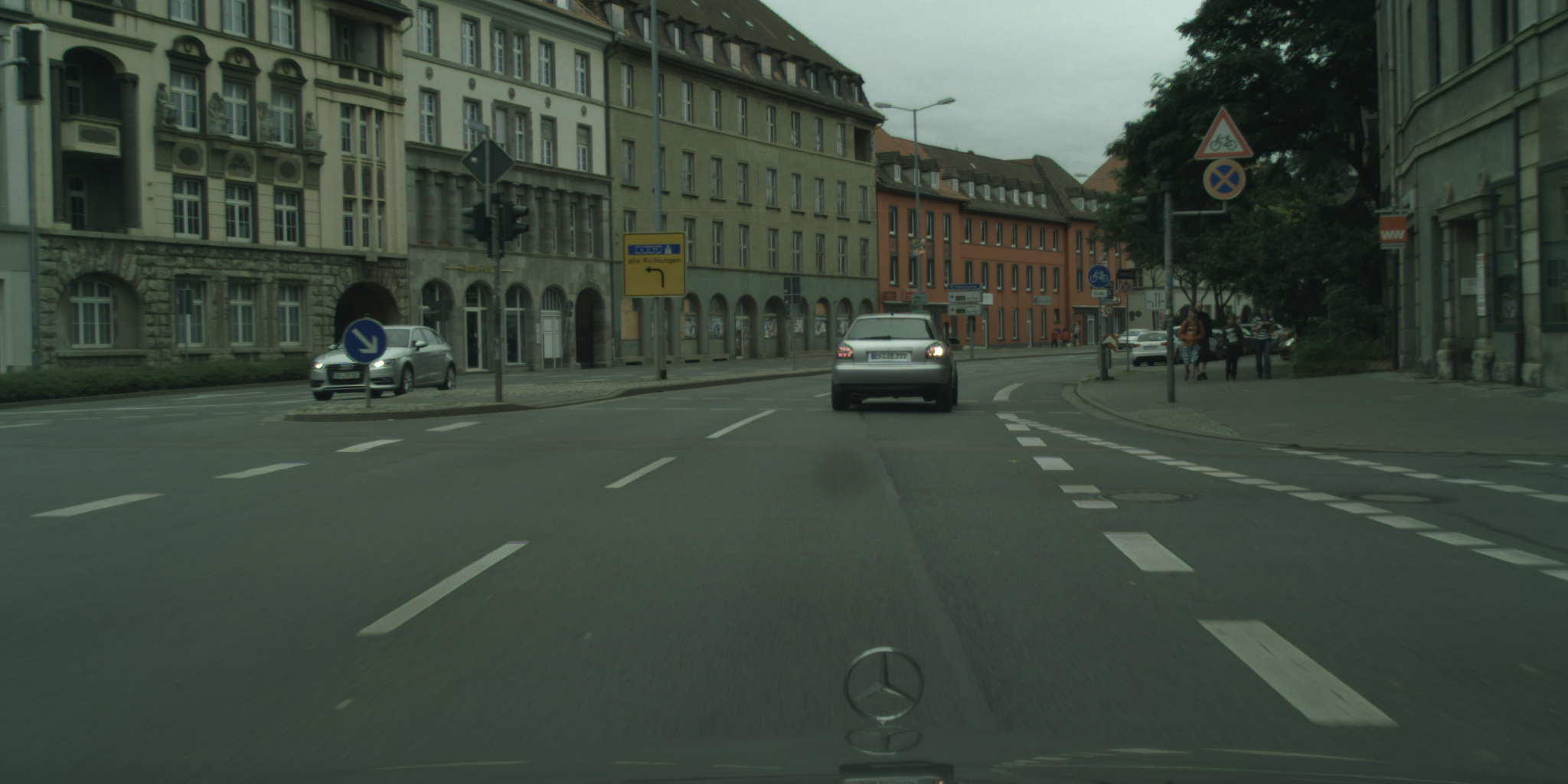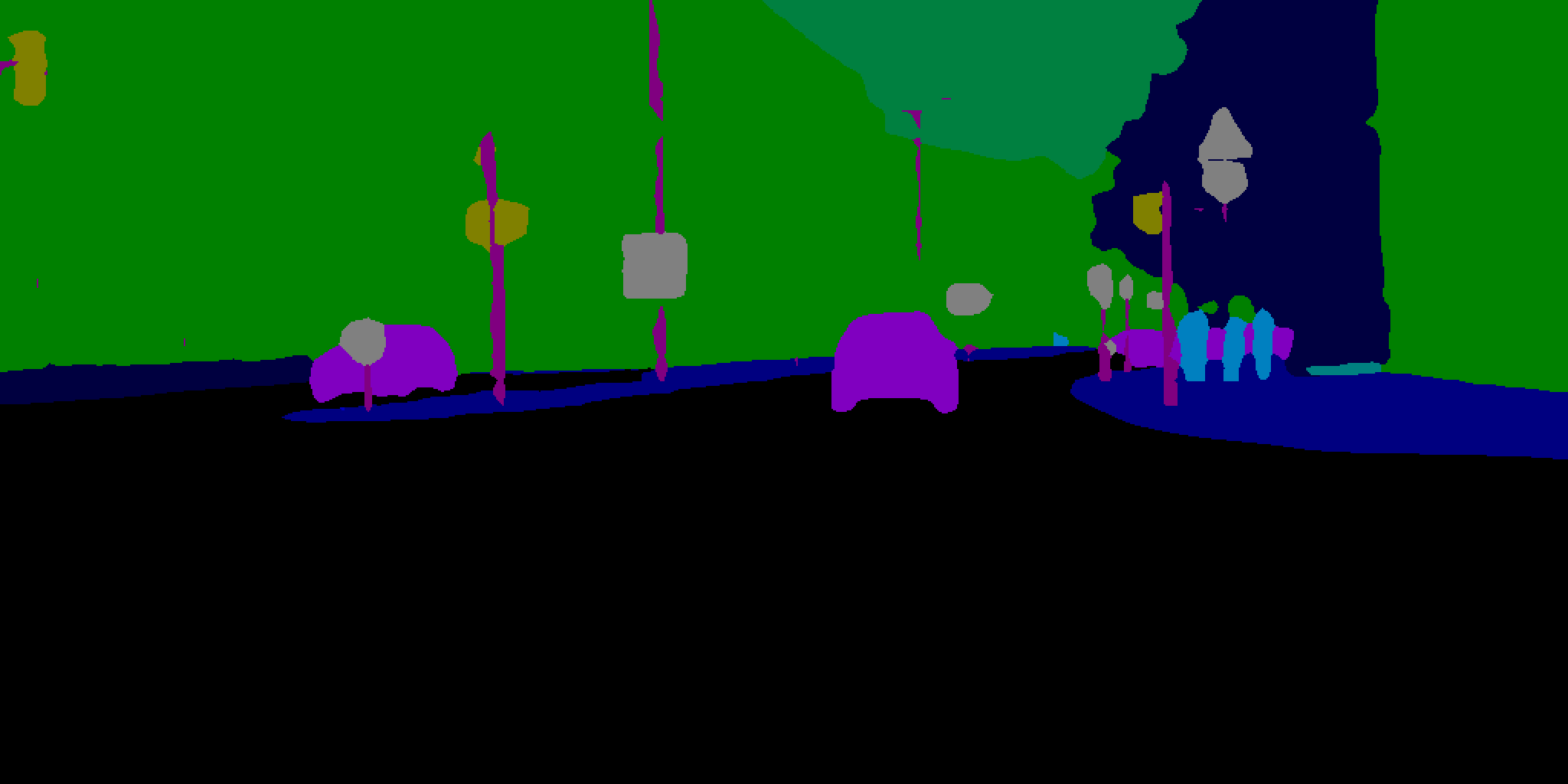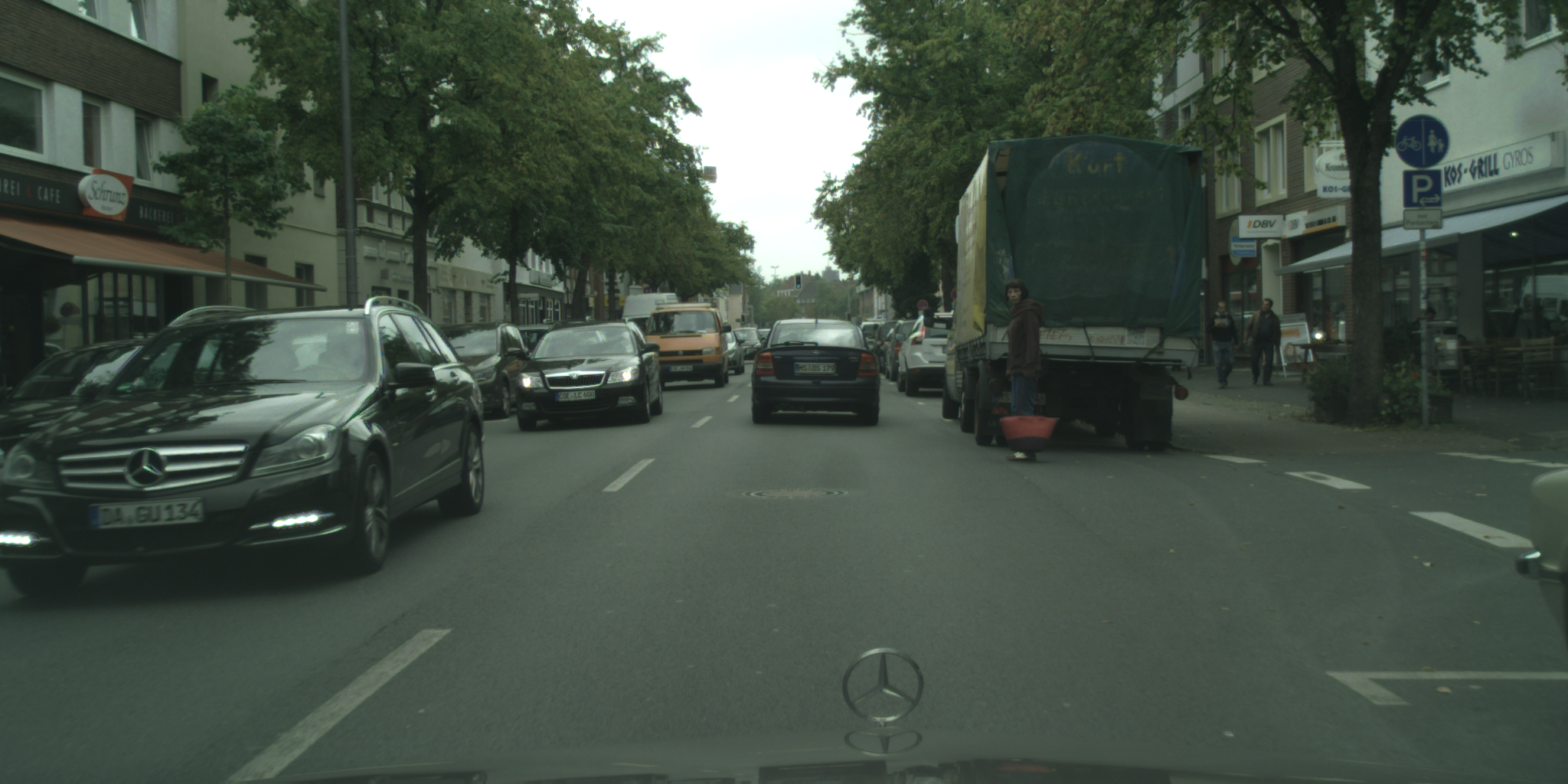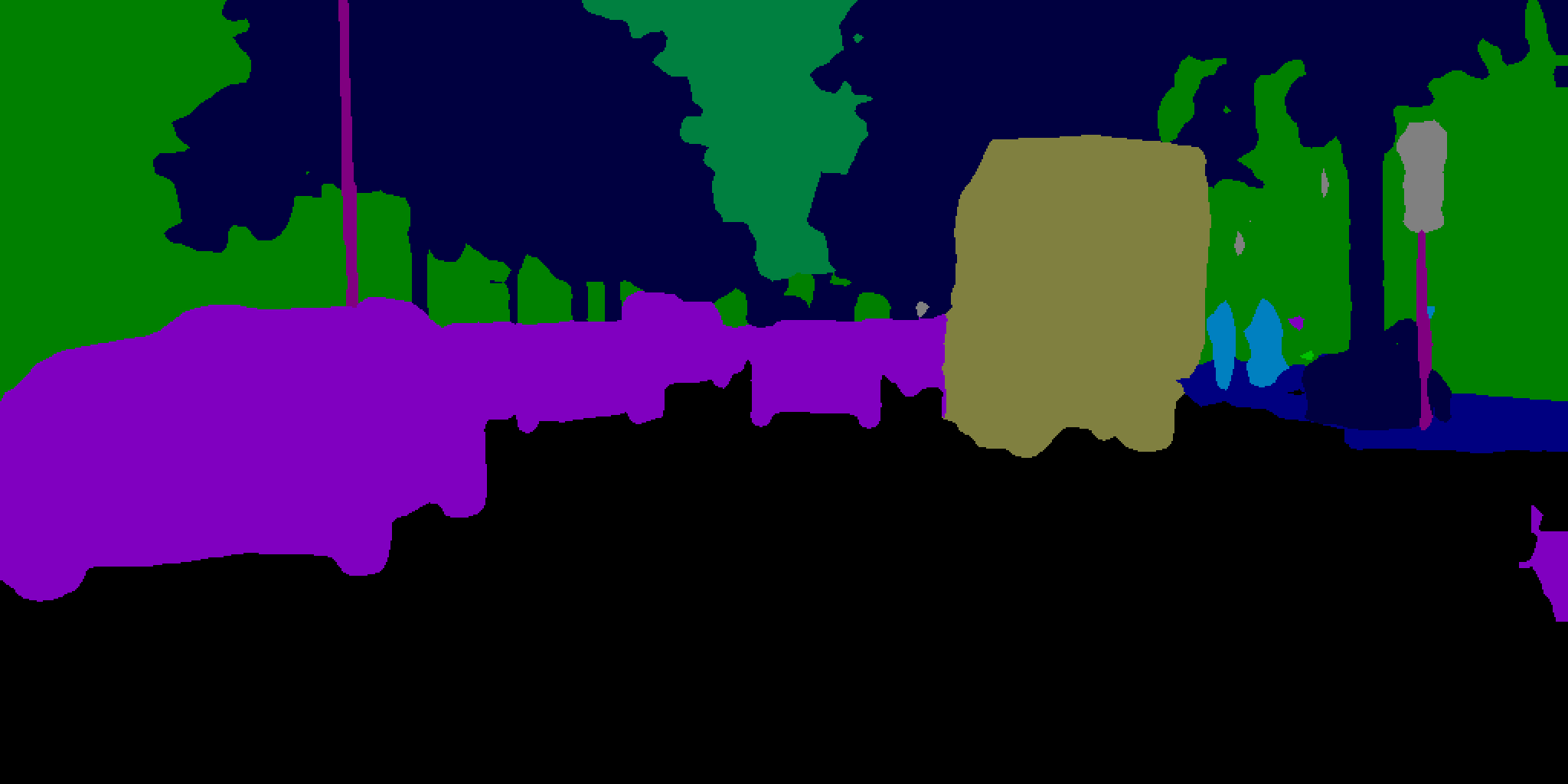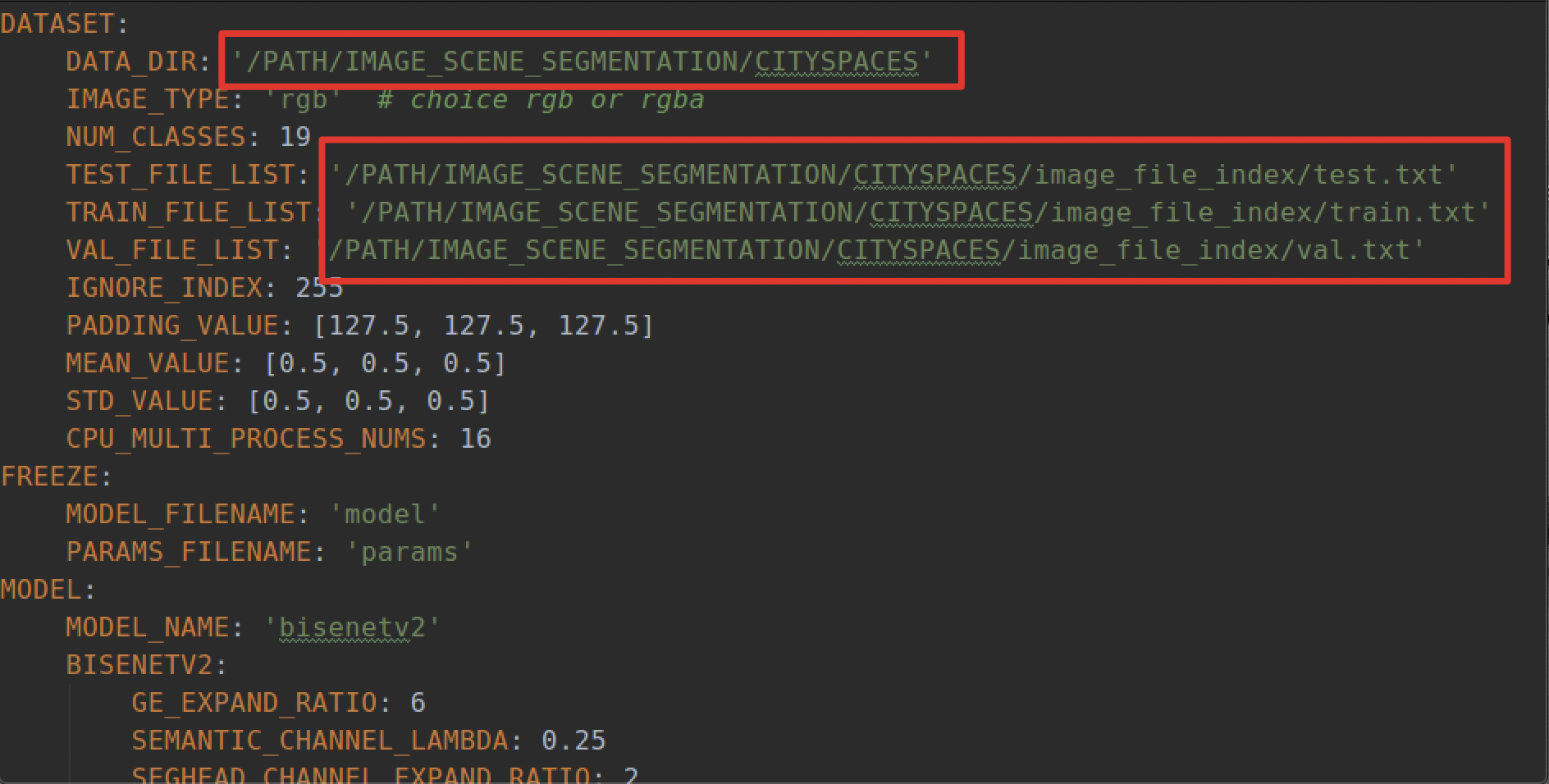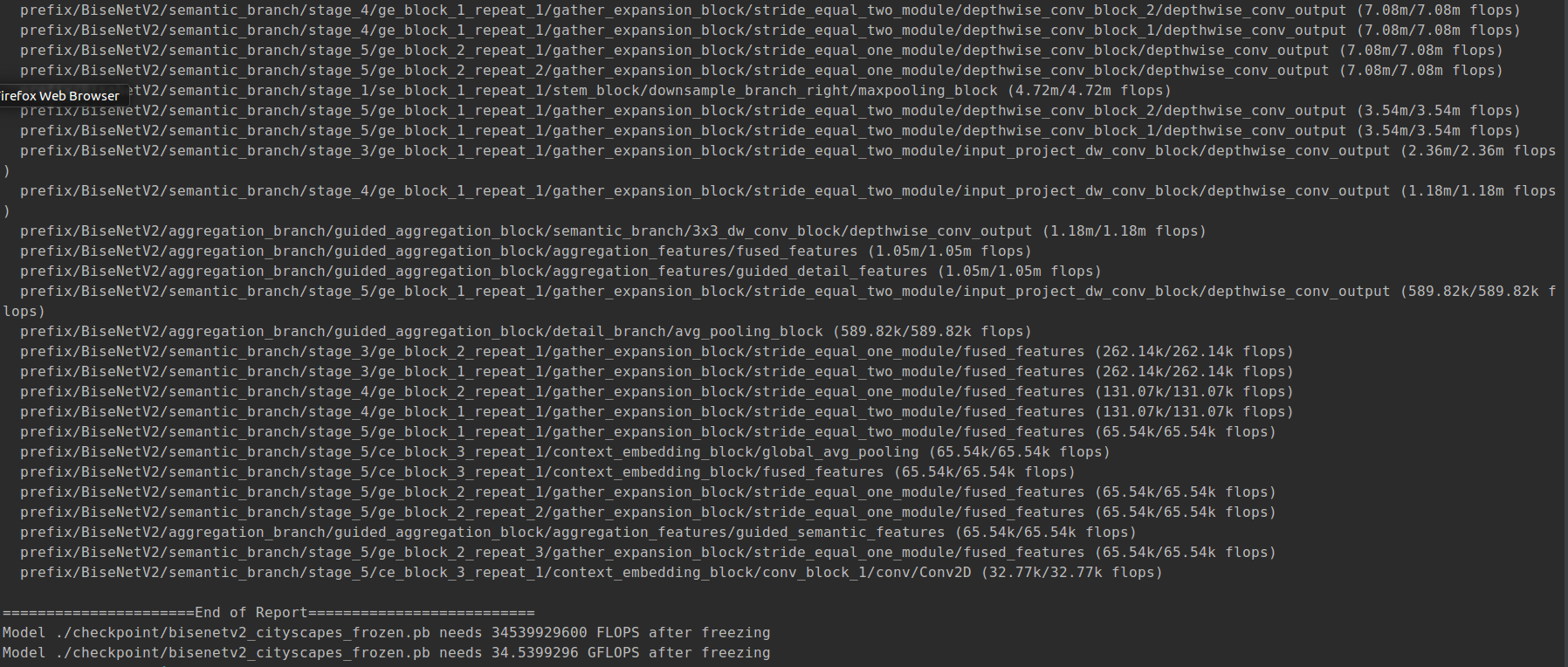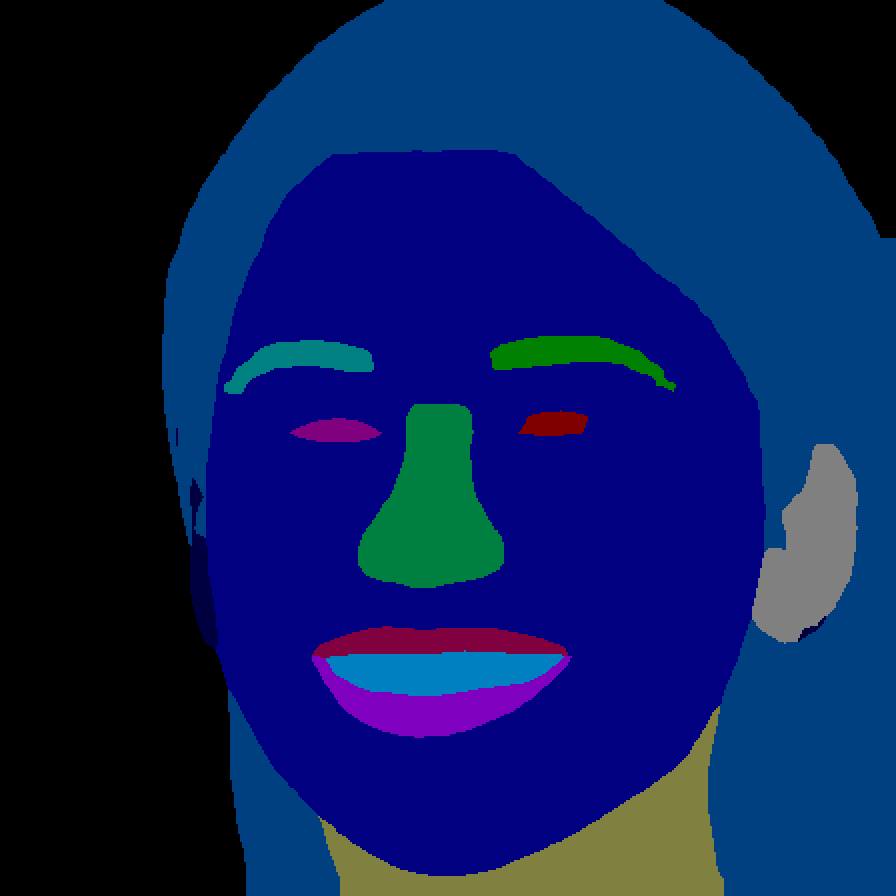MaybeShewill-CV / Bisenetv2 Tensorflow
Programming Languages
Projects that are alternatives of or similar to Bisenetv2 Tensorflow
BiseNetv2-Tensorflow
Use tensorflow to implement a real-time scene image segmentation model based on paper "BiSeNet V2: Bilateral Network with Guided Aggregation for Real-time Semantic Segmentation". You may refer https://arxiv.org/abs/2004.02147 for details.
The main network architecture is as follows:
Installation
This software has only been tested on ubuntu 16.04(x64), python3.5, cuda-9.0, cudnn-7.0 with a GTX-1070 GPU. To use this repo you need to install tensorflow-gpu 1.12.0 and other version of tensorflow has not been tested but I think it will be able to work properly if new version was installed in your local machine. Other required package can be installed by
pip3 install -r requirements.txt
CityScapes Dataset preparation
The repo's model was mainly trained on cityscapes dataset. First you need to prepare cityscapes dataset well. An example cityscapes dataset file hierarchy can be found in ./data/example_dataset
The cityscapes dataset hierarchy:
CityScapes Dataset Hierarchy
Once you have prepared the dataset's image well you may generate the training image index file by
python ./data/example_dataset/cityscapes/image_file_index/make_image_file_index.py
If it was successfully executed you may see train.txt etc in folder ./data/example_dataset/cityscapes/image_file_index/. Each row of the file contains a pair of training samples.
Test model
In this repo I uploaded a model trained on cityscapes dataset CityScapes. The pretrained model can be found at ./model/cityscapes/bisenetv2. The pretrained model can reach a miou of 72.386 on cityscapes validation dataset. This implementation can reach a 83fps on GTX 1070 accelerated by tensorrt. The pretrained model can be downloaded here
You can test a single image on the trained model as follows
python tools/cityscapes/test_bisenetv2_cityscapes.py --weights_path ./model/cityscapes/bisenetv2/cityscapes.ckpt
--src_image_path ./data/test_image/test_01.png
The results are as follows:
Test Input Image 1
Decoded Output Mask Image 1
Test Input Image 2
Decoded Output Mask Image 2
Test Input Image 3
Decoded Output Mask Image 3
If you want to evaluate the model on the whole cityscapes validation dataset you may call
python tools/cityscapes/evaluate_bisenetv2_cityscapes.py
--pb_file_path ./checkpoint/bisenetv2_cityscapes_frozen.pb
--dataset_dir ./data/example_dataset/cityscapes
You may get the final mious on the whole validation dataset
The validation procedure doesn't adopt any evaluation tricks such as sliding-window evaluation and multi-scale testing which can improve accuracy but are time-consuming. With the input of 2048 × 1024 resolution, we first resize it to 1024 × 512 resolution to inference and then resize the prediction to the original size of the input. You can do a multiscale evaluation via adjust the min_scale and max_scale in the evaluation script.
The instruction can be reached by
python tools/cityscapes/evaluate_bisenetv2_cityscapes.py --help
Train model from scratch
Data Preparation
For speed up the training procedure. Convert the origin training images into tensorflow records was highly recommended here which is also very memory consuming. If you don't have enough ROM you may adjust the data_provider in training scripts into ./data_provider/cityscapes_reader and use feed dict to train the model which can be pretty slow. If you have enough ROM then you may convert the training images into tensorflow records.
First modified the ./config/cityscapes_bisenetv2.yml with right dataset dir path
Then sse the script here to generate the tensorflow records file
python tools/cityscapes/make_cityscapes_tfrecords.py
Train model
You may start your training procedure simply by
CUDA_VISIBLE_DEVICES="0, 1, 2, 3" python tools/cityscapes/train_bisenetv2_cityscapes.py
By default multi gpu training mode was used here. You may read ./config/cityscapes_bisenetv2.yml for details. If you do not have multi gpu you may forbid multi gpu training mode in the config file which may drop the model's performance since bn can not perform well in small batch size.
The main model's hyperparameter are as follows:
epoch nums: 905
learning rate: 0.05
lr decay strategy: poly with power 0.9
optimizer: SGD
batch size: 16
origin image size: [2048, 1024]
cropped image size: [2048, 1024]
step scaling range: [0.75, 2.0]
training example nums: 2975
testing example nums: 1525
validation example nums: 500
Other hyperparameter can be found in the config file.
You may monitor the training process using tensorboard tools
During my experiment the Total loss dropped as follows:
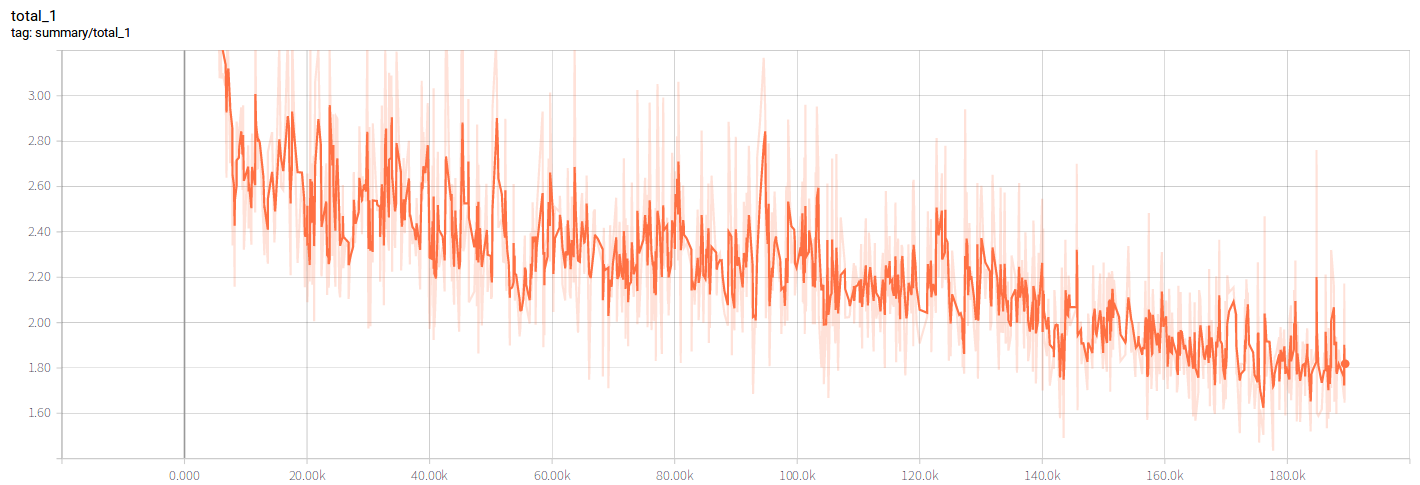
The L2 loss dropped as follow:
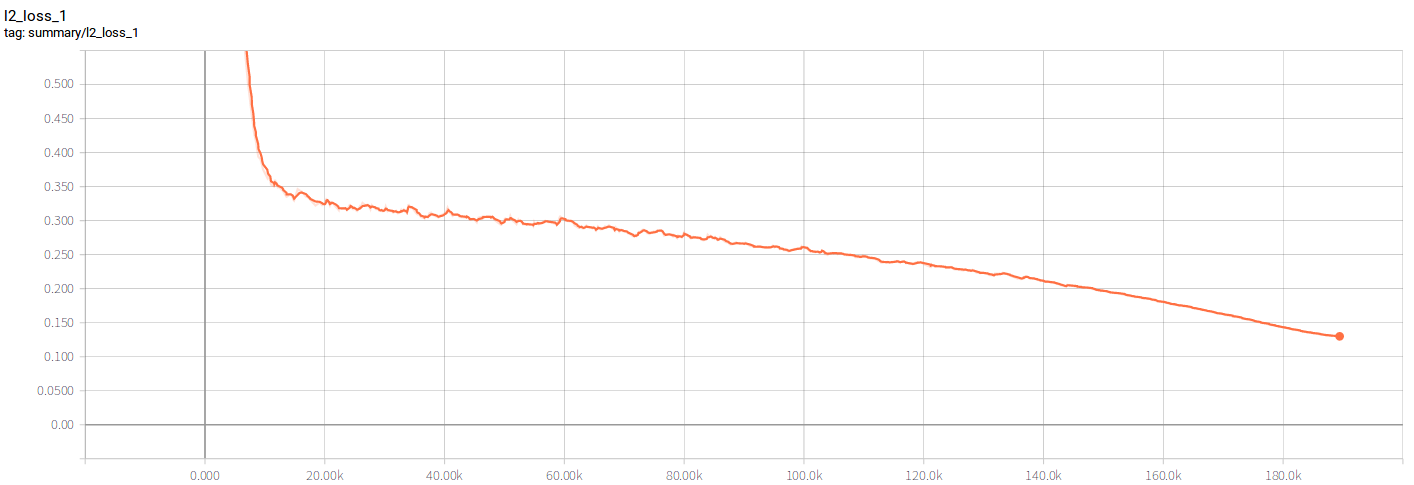
The Learning rate decayed as follows:
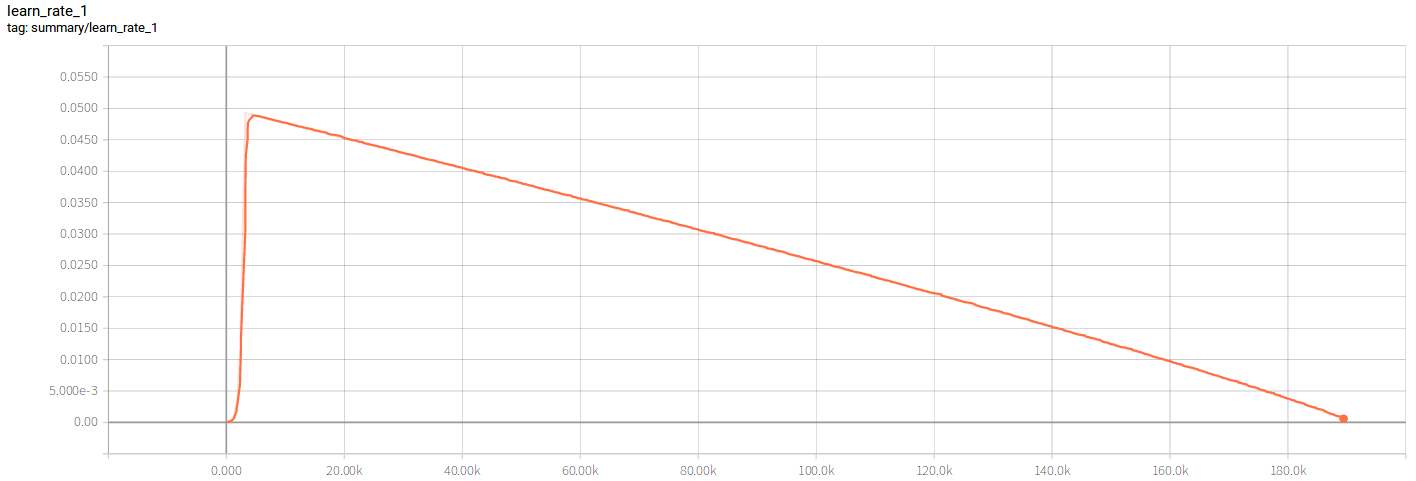
The Miou increased as follows:
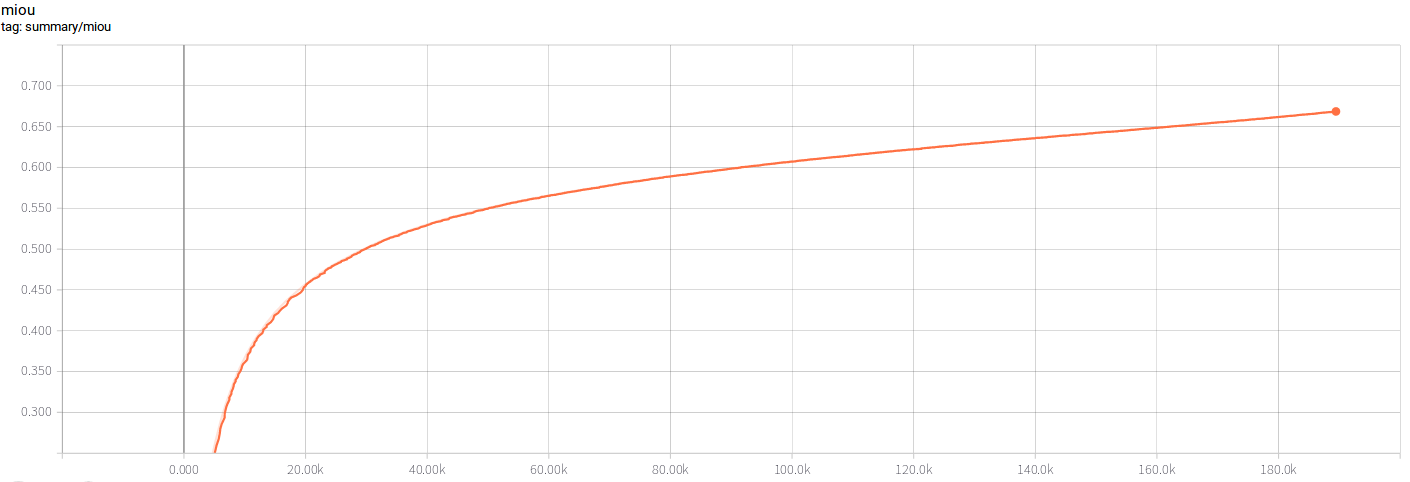
Time Profile Model
Here supply some tools to time profile the model's performance. First make sure tf2onnx converter was successfully installed in your local machine. You may follow the instruction here to install it.
I have uploaded a frozen tensorflow pb model in ./checkpoint folder. You may run follows to freeze your own trainned models
python tools/cityscapes/freeze_cityscapes_bisenetv2_model.py
--weights_path ./model/cityscapes/bisenetv2/cityscapes.ckpt
Once you have frozen pb model locally you may run following command to convert the pb model into onnx model.
bash scripts/convert_tensorflow_model_into_onnx.sh ./checkpoint/bisenetv2_cityscapes_frozen.pb ./checkpoint/bisenetv2_cityscapes_frozen.onnx
A pre-converted onnx model was supplied also if you want your time be saved. After all was done mentioned above you may simply run following command to time profile the model's performance.
python tools/cityscapes/timeprofile_cityscapes_bisenetv2.py
--input_image_path ./data/test_image/test_01.png
Basically the script do such few things:
- Convert the onnx model into tensorrt engine
- Run origin tensorflow frozen model for 500 times to calculate a mean inference time comsuming and fps.
- Run accelarated tensorrt engine for 500 times to calculate a mean inference time comsuming and fps.
- Calculate the model's gflops statics.
The following result should be generated if nothing goes wrong.
Disscussion
- The origin paper can reach a miou of 73.4 on cityscapes validation dataset which is outperformer than my implementation. I suspect the reason may be I did not use the standard synchronized bn in training procedure. Sereval experiments was doing recently. I will upload new model if I'm able to train a better one.
- Sereval params mentioned in the paper was not very clear for me. Here is a brief look at my confusion https://github.com/ycszen/BiSeNet/issues/2
If you have any ideas about such problem mentioned above or you have futher update. You're welcomed to pull a request to make this repo better.
Experiments on other dataset
Release a pretrainde model on CELEBAMASK_HQ dataset. The model can reach 107 fps with a input image of (512, 512) size. The pretrained mode can be downloaded here
Testing model script comes as follows:
python tools/celebamask_hq/test_bisenetv2_celebamaskhq.py
--weights_path PATH/TO/YOUR/CKPT/FILE
--src_image_path ./data/test_image/celebamask_hq/test_01.jpg
Celebamask_hq Test Source Input Image

Celebamask_hq Test Result Image
TODO
- [x] Add OHEM module
- [ ] Search better hyperparameter for cityscapes dataset.
- [ ] Do experiments on other dataset such as CamVid etc.
- [x] Organize the code and release bisenetv1 training scripts and pretrained model.
Acknowledgement
Finally thanks to the origin author ycszen. BiseNet series are excellent work in my opinion. Really appreciate it.
Please cite my repo bisenetv2-tensorflow if you use it.

